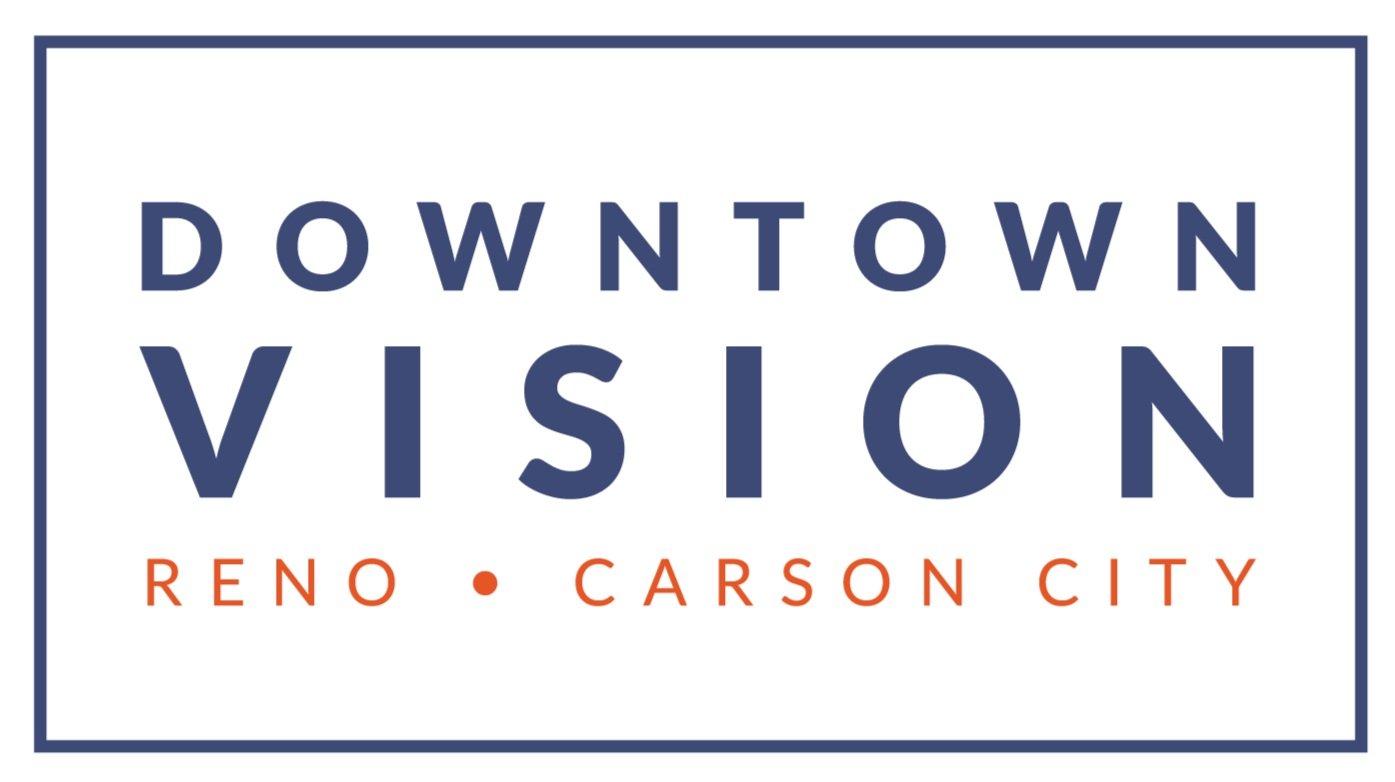What You Need To Know About High-Risk Medications
Most medication ads tend to start off the same way: stock footage of someone in obvious pain or discomfort, set in grayscale, with a voice-over describing asking if you have ever experienced such and such symptoms of such and such issue. When they introduce whatever life-changing medication the ad is really about, it comes paired with a laundry list of side effects which can sometimes sound scarier than the issue in the first place. It makes you wonder, if this medication causes so many other issues, how can I count on it to help my original issue?
In reality, most medications have side effects. While some are certainly more apparent than others, these side effects occur because no two bodies will react the exact same way. Some may not suffer from any side effects, while some may experience mild or severe reactions, like an allergy or worse. However, some medications can pose a higher risk of causing harm in patients and their eyes even if used correctly. These are appropriately known as high-risk medications.
High-risk medications are classified by fitting into the acronym APINCH:
Anti-infectives
Potassium and other electrolytes
Insulin
Narcotics and other sedatives
Chemotherapeutic agents
Heparin and other anticoagulants
APINCH medications serve as a reminder that, though these medications are used to save lives, they have a high chance of harming a patient if they’re misused or used in error. For example, if you’re not diabetic or your body produces a normal amount of insulin, your body has no need for the extra insulin, and that extra insulin can cause your body to go into insulin shock.
APINCH medications don’t just apply in these circumstances, either. There is a set of high-risk medications that pose a threat to your eye health, too. Oftentimes, new patients wonder why they have to tell us if they currently use any medications. While it might not seem like a big deal to take Benadryl when you have those springtime allergies, it’s a big deal to us! We keep track of what side effects certain medications can cause and reference that when we are looking at prescribing medications to patients. Whenever we prescribe a medication, we want to make sure it won’t conflict with any other meds patients might be taking.
Medications that are specifically high risk for the eyes include certain anti-inflammatories, like prednisone and cortisone and anti-rheumatoid drugs, like Plaquenil. Steroids are powerful anti-inflammatories but about 10% of those using them can suffer from increased eye pressure, leading to higher glaucoma risk. Anybody who is taking a steroid anti-inflammatory needs to have regular checks of their eye pressures to decrease the risk of glaucoma. Long term use of steroids can also cause premature cataracts, call posterior subcapsular cataracts, which can cause relatively sudden vision changes. These changes often require cataract surgery and we will check for those changes at your annual exam. Today it is recommended that every single person on Plaquenil (hydroxychloroquine) get a visual field 10-2 test, plus a more highly sensitive screening test like the FAF (fundus autofluorescence imaging) or the SD-OCT (spectral-domain optical coherence annually to monitor toxicity. Long term Plaquenil can cause serious damage to the retina and vision loss so these tests are often required by rheumatologists before refilling patients Plaquenil prescriptions.
Along with informing us about what medications you take, inform yourself! If you start a new medication that makes your eyes feel uncomfortable, let us know. We will work with the prescribing doctor to find a medication that works best for you and keeps your eyes comfortable during use.
Photo by Anna Shvets from Pexels

